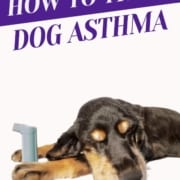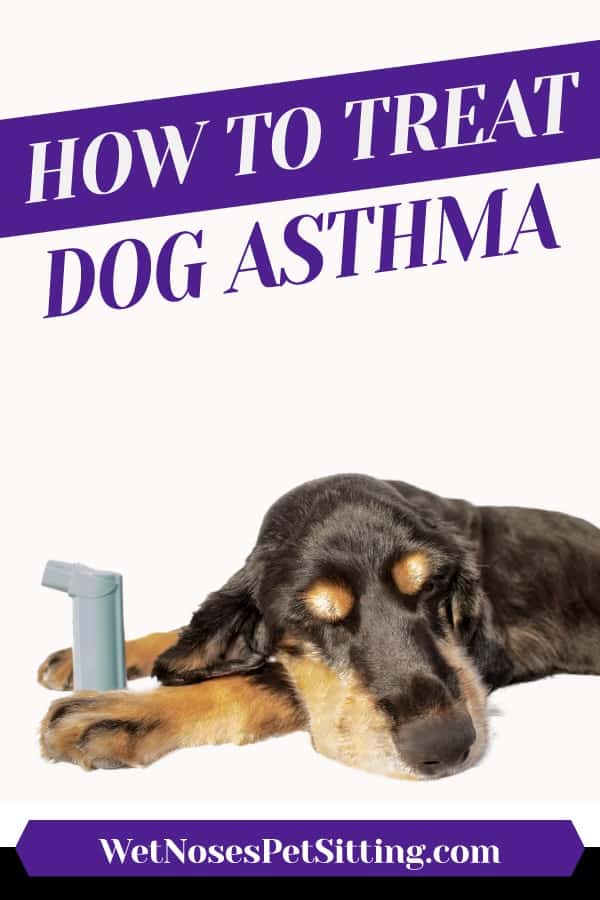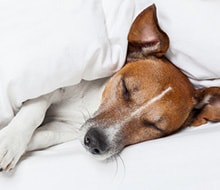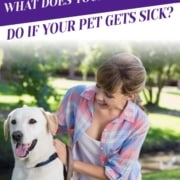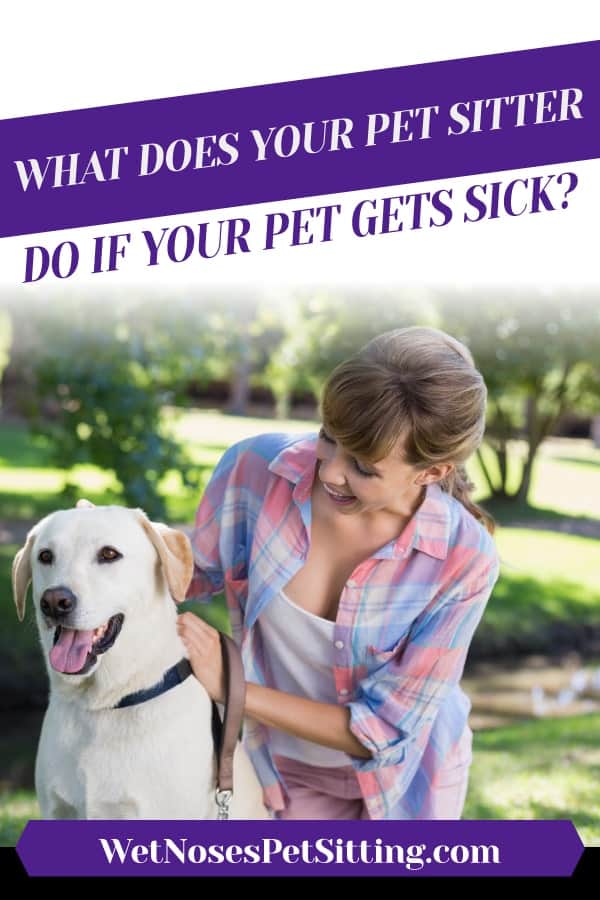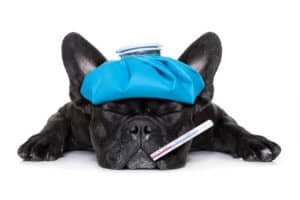
Guest writer Sidehill Sitter Becky
For the past two weeks, my husband has been sleeping on the couch. No, he’s not in the doghouse…on the contrary, the dog is sleeping next to me in bed with her head on his pillows with her leash attached to my wrist so I can monitor her as she recovers from her spay surgery.Everything has gone ok so far, but as it turns out, Kea has trouble following instructions from the vet. Don’t run or jump? Yeah, that went out the window on day 3 when, despite our best efforts, she hopped up onto the couch. She has those sad puppy dog eyes and she sure knows how to work it.
Don’t lick the incision? Sure, no problem. She’s actually been really good about leaving the incision alone. So good, in fact, that last week I decided to leave her alone for a few hours and see how it went. I came home to find that she had licked two large hot spots on either side of her belly, near the border of the shaved area. She left the incision alone, and the look on her face said it all…the vet didn’t say anything about licking the rest of the belly!
Unfortunately for Kea, there were a few things coming up over the next few weeks that would force me to leave her alone. Here’s what I had in my bag of tricks to keep her from further irritating the hot spots and to help them heal.
1. Time for some tough love.
Alpha: Now, you must wear the cone of shame.
Dug: [hangs head] I do not like the cone of shame.
~Disney’s Up

Because I love my baby to pieces and couldn’t bear the thoughts of using the old school lampshade cone, we looked into a few newer alternatives. First was the blow-up doughnut-shaped cone. Josh picked one up at PetSmart according to the size of her neck, but when he got it home, it was actually too small. So he went back out and picked up a larger size. The benefits to this cone are that it isn’t as obstructive and Kea doesn’t seem to mind wearing it. Well…at least not too much.
It’s also got a removable cover that can be washed. However, she was still able to reach the hot spots and laying down in the doughnut looked uncomfortable for her fuzzy neck.

2. When I mentioned the issues I was having with the doughnut cone to one of my clients, she recommended a different style of soft cone. I call this one the lizard cone because it reminds me of one of those lizards with the neck thing…
I digress. Kea was not a fan of this cone. But it does the trick of keeping her from reaching the hot spots. She doesn’t like to go down the stairs when she’s wearing it, but she moves around on the first floor ok. She can also wear it at night, which is good news for Josh because it means he gets to sleep in his bed again. The downside is that it makes Kea hot. She is ok wearing it for a few hours, then she’s panting like crazy to cool down. I have left her home alone in it, and she doesn’t try to remove it. Good girl.

“Seriously? Seriously.”
Now that I’ve successfully prevented Kea from licking the hot spots, I need to get them to heal and dry up. Here’s what worked for us (disclaimer: if home-treatment doesn’t seem to be working after a day or two, it’s time to head to the vet. I’m not a vet…so if in doubt, call your vet!)
1. Gold Bond. The original kind in the yellow container. It helps with the itching and it helps to promote drying of the hot spot. It’s really important to keep the dog from licking after you apply the gold bond or else it will turn into a gooey paste. Yes, I learned that the hard way.
2. Benadryl. The dose is 1 mg per pound. I gave Kea 50 mg when I first came home and noticed the hot spots and 25 mg the next morning and evening. It helped with the itching, but it also made her veeeeerrrrrryyyyy sleepy. Sleepy dogs don’t lick hot spots J
3. Emu oil. This stuff is incredible. It heals all sorts of ills. I used it on the hot spots after the scabs had fallen off to promote healing of the new skin.
4. Raw bones. Kea is a raw-fed dog, so if you aren’t down with feeding raw bones, a kong stuffed with moistened, frozen kibble or peanut butter or something would also do the trick. The idea was to keep her occupied. There was one night we left her alone for a few hours wearing the doughnut cone in her crate with a raw bone to keep her busy. It worked like a charm! I wouldn’t recommend raw bones with the lizard cone because it would be messy and the cover doesn’t come off as easily for cleaning.
Now, Kea is on the road to recovery. I am lucky my schedule is flexible enough for me to be home with her most of the time. Anyone have any good post-op experiences to share? What were your strategies to help your pet heal quickly and avoid being his or her own worst enemy?


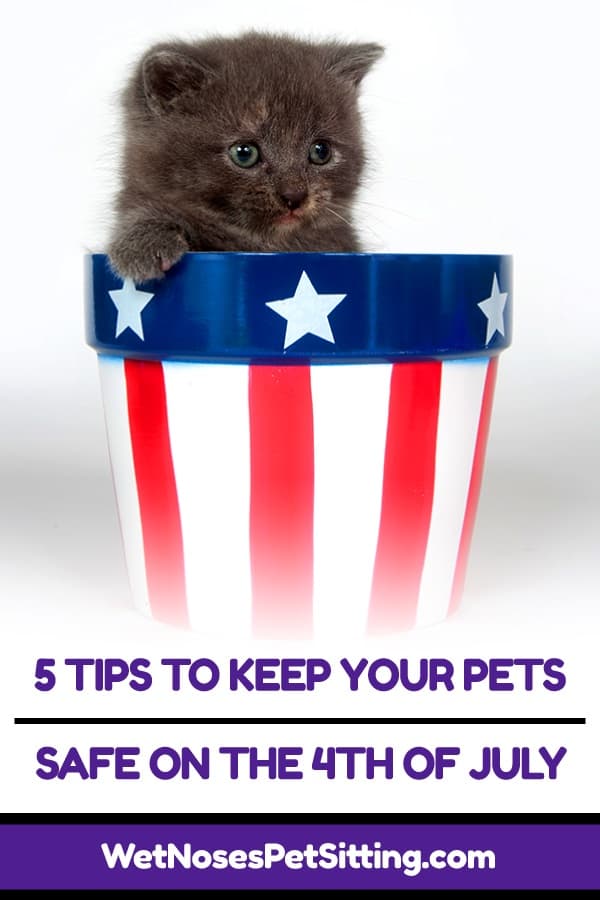
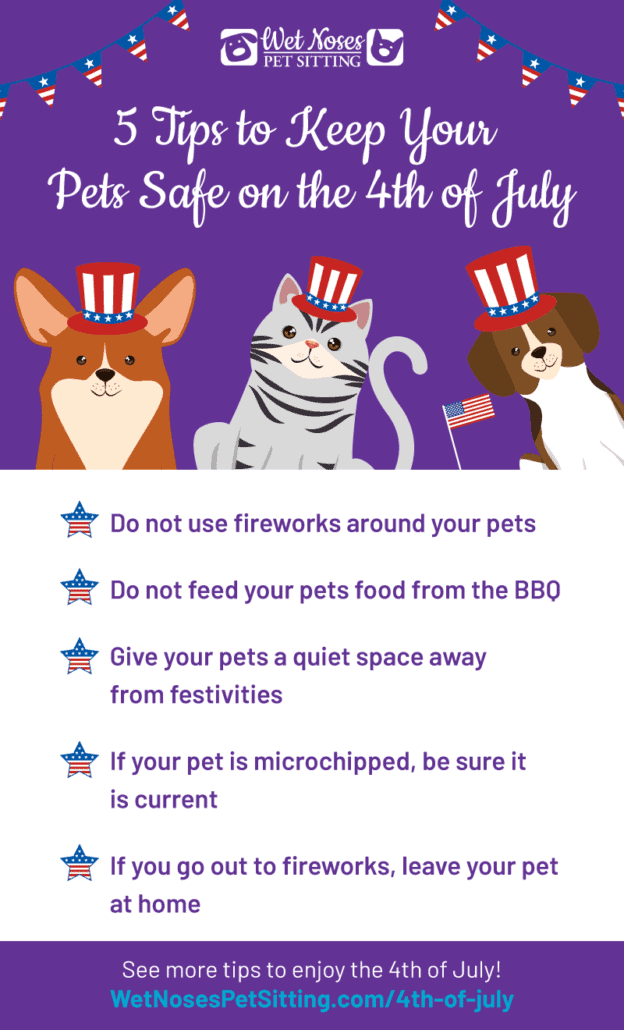


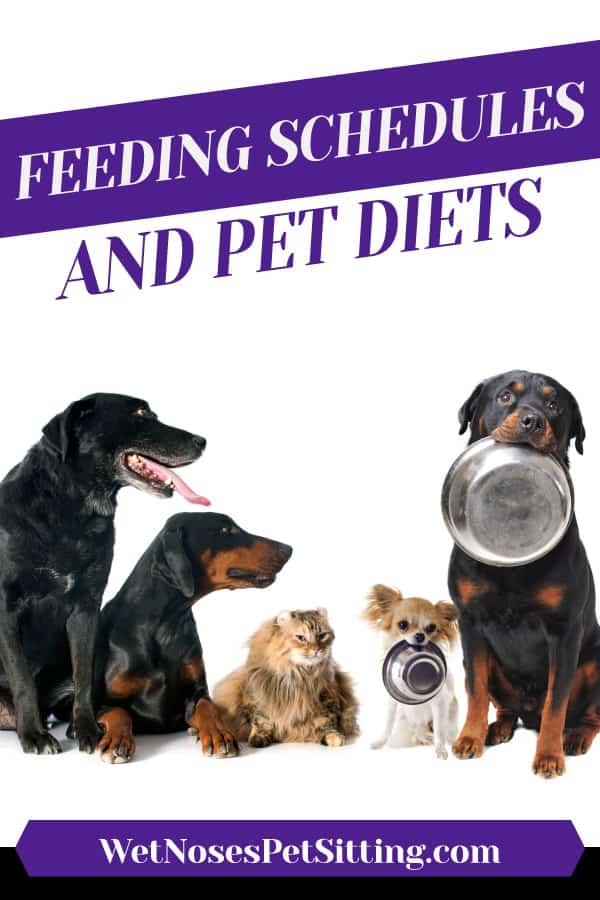
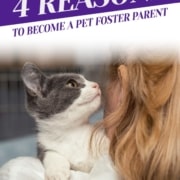
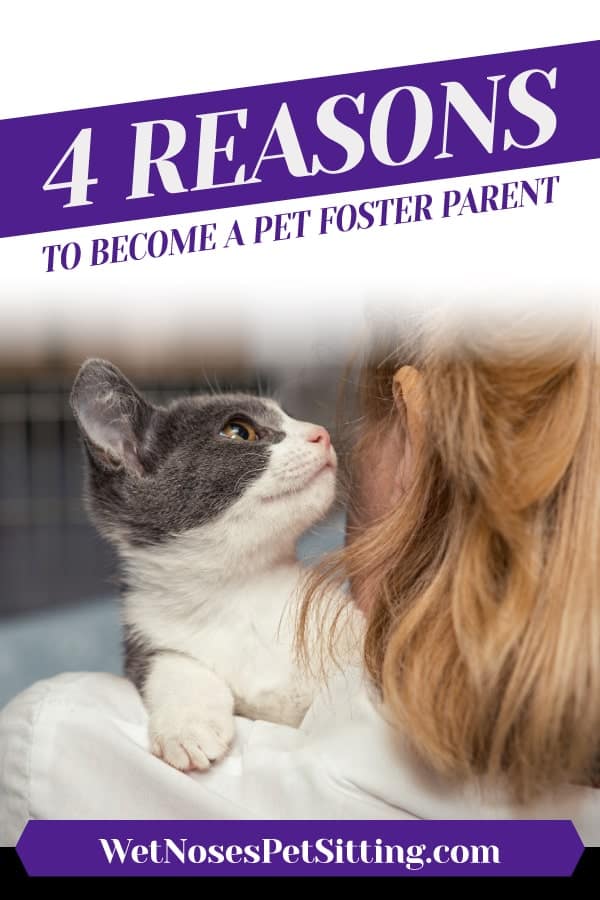


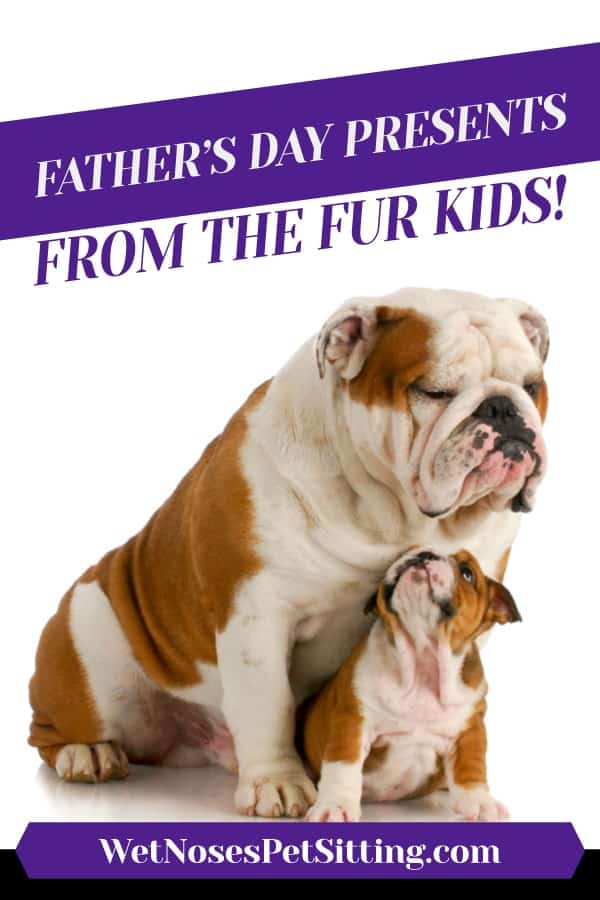
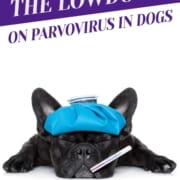
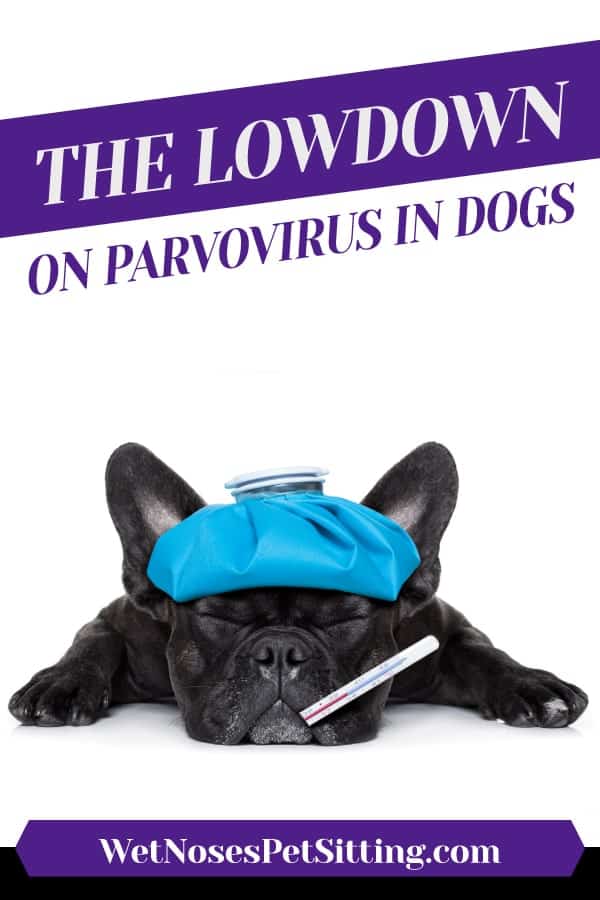
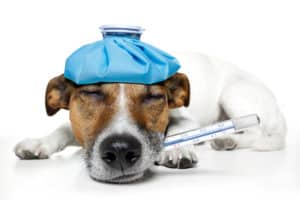
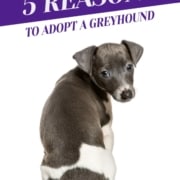
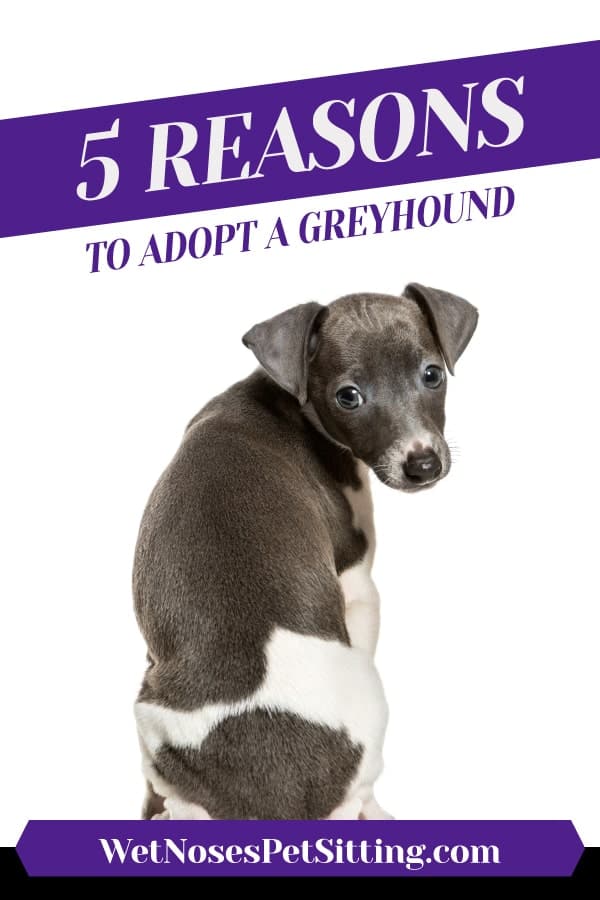
 5. Greyhounds are fun! They attract a lot of attention and love to spend time with their owners. They want to do whatever you want to do, including walking, jogging, hiking, and more. Adopting a greyhound is like joining a club. There are always activities to do with greyhound adoption groups and meeting other greyhound owners is inevitable.
5. Greyhounds are fun! They attract a lot of attention and love to spend time with their owners. They want to do whatever you want to do, including walking, jogging, hiking, and more. Adopting a greyhound is like joining a club. There are always activities to do with greyhound adoption groups and meeting other greyhound owners is inevitable.